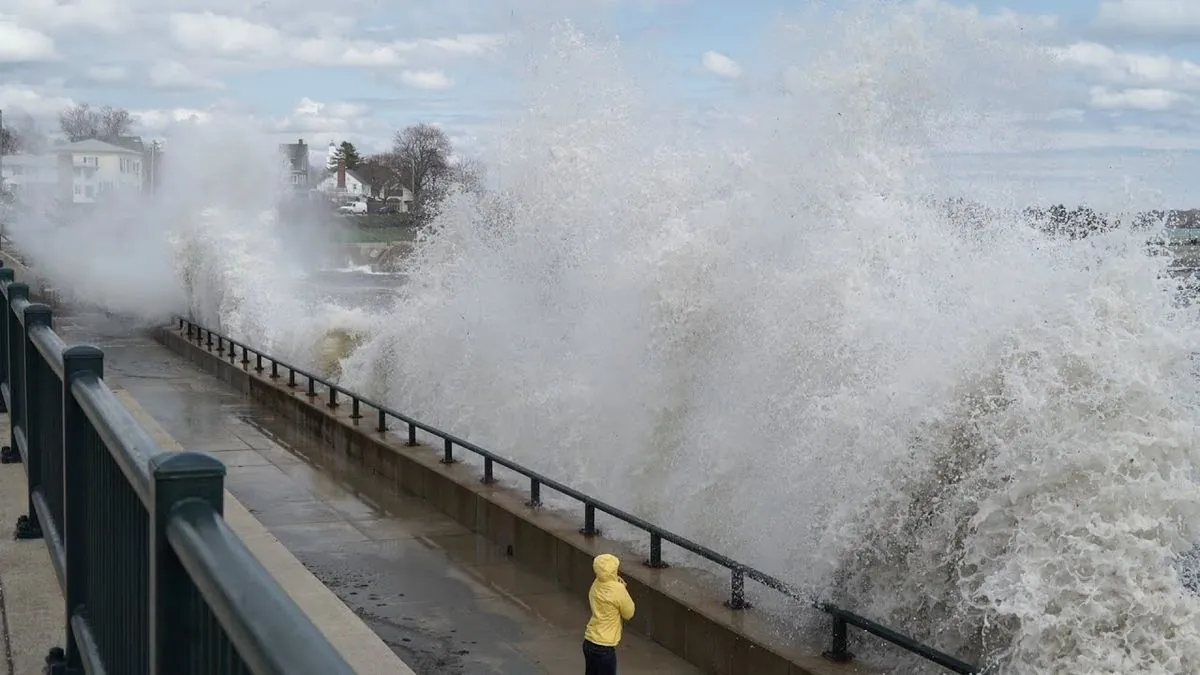As of October 3, 2024, Hurricane Kirk is generating waves that could lead to hazardous surf and rip current conditions along the U.S. East Coast, Bermuda, the Greater Antilles, and the Bahamas this weekend. The U.S. National Hurricane Center in Miami has issued warnings about the potential dangers.
Kirk, currently a Category 3 hurricane on the Saffir-Simpson Hurricane Wind Scale, is located approximately 1,185 miles (1,910 kilometers) east of the Leeward Islands. The storm boasts maximum sustained winds of 120 mph (195 kph), with the potential for further intensification. Despite its strength, Kirk is not expected to make landfall.
The hurricane's effects are anticipated to reach various regions in the coming days:
- Leeward Islands: Friday
- Bermuda and Greater Antilles: Saturday
- U.S. East Coast and Bahamas: Sunday
While no coastal watches or warnings are currently in effect, the situation requires close monitoring. Rip currents, a significant hazard associated with hurricanes, claim an average of 100 lives annually in the United States.
In addition to Kirk, Tropical Storm Leslie formed late Wednesday in the eastern Atlantic. Located about 515 miles (830 kilometers) southwest of the Cabo Verde Islands, Leslie currently has maximum sustained winds of 40 mph (65 kph). Forecasters predict it may strengthen into a hurricane in the coming days, though it does not yet pose a threat to land.
These Atlantic storms serve as a reminder of the ongoing hurricane season, which officially runs from June 1 to November 30. The formation of these weather systems is influenced by various factors, including the Coriolis effect, which causes hurricanes to rotate counterclockwise in the Northern Hemisphere.
As these storms churn in the Atlantic, rescue efforts continue in the U.S. Southeast following the recent impact of Hurricane Helene. The aftermath of Helene, which struck last week, has left a trail of destruction and loss of life, emphasizing the devastating potential of these natural phenomena.
Climate scientists warn that the intensity of hurricanes may increase in the future due to climate change, underscoring the importance of hurricane preparedness. Experts recommend maintaining emergency kits with supplies sufficient for at least 72 hours.
As the Atlantic hurricane season progresses, residents in potentially affected areas are advised to stay informed about storm developments and follow guidance from local authorities. The complex nature of these weather systems, from their formation near the Cabo Verde Islands to their potential impact on distant shores, highlights the global nature of hurricane monitoring and response efforts.
